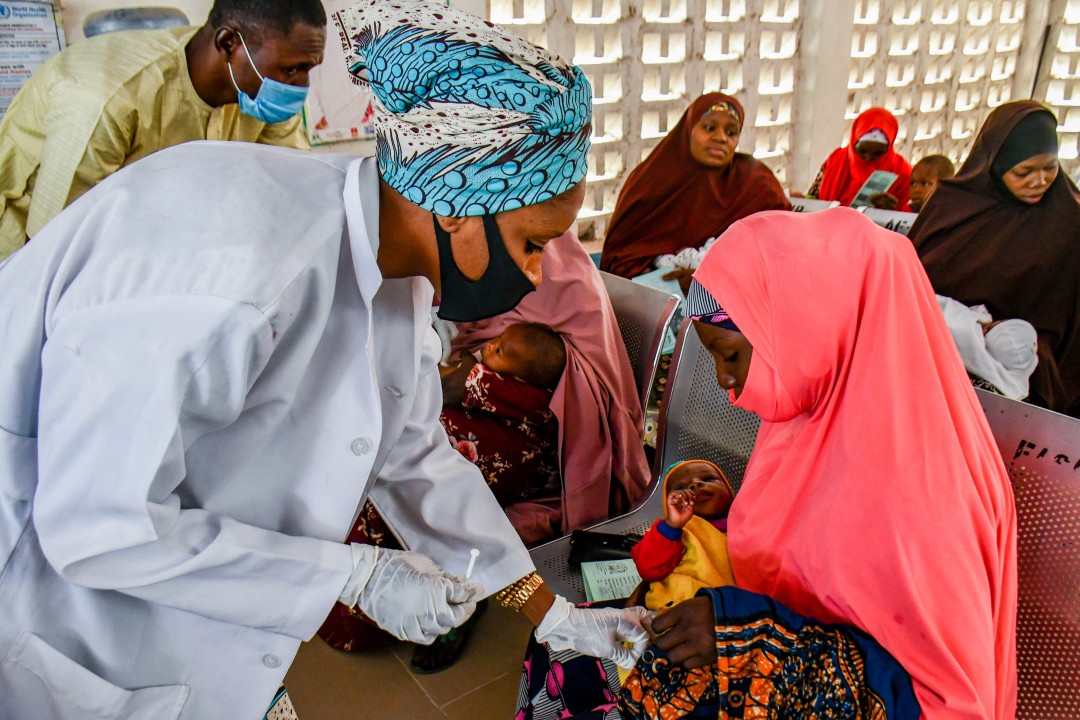With cultural familiarity and medical training, local health workers are becoming the missing link between families and formal healthcare.
In most of Nigeria’s rural villages, the nearest doctor is often hours away. More often than not, a nurse or health attendant becomes a lifeline for thousands, assisting with the delivery of babies, treating malaria, and offering advice on everything from snakebites to fever.
Nigeria’s healthcare system has consistently struggled with a lack of manpower, especially at the primary healthcare centres, which are the first point of care for many.
This deficit has been linked to preventable deaths, poor maternity results, and low confidence in public healthcare.
Community health workers
In response, Anambra State has begun enrolling and deploying community-based health workers to bridge the gap between homes and health centres.
The plan is to enhance access to low-cost health care and ensure essential services—from maternal care to treatment of diseases affecting the masses—and also reach out to people in remote districts.
For this purpose, the state will recruit a minimum of ten skilled health workers in every ward across the state.
Beyond just treating illnesses, these health workers are supposed to guide people to health centres, follow up on maternal health, promote early seeking of health facilities, and serve as a linkage for households to the formal health system.
By building a workforce drawn from within communities themselves, the programme seeks to combine local trust with technical training, ensuring that healthcare is not just available but also accessible and accepted.
Evidence of impact
This approach proves that community health workers are essential to strengthening primary healthcare systems.
In states where similar models have been adopted, the outcome has been reduced rates of maternal mortality, an uptick in vaccination and renewed trust in public-health services.
In early 2025, the Gombe State government introduced a programme of enrolling 1,100 volunteers, 100 in every one of the 11 local government councils, to help primary healthcare centres.
Volunteers are to help bring down mortality in relation to maternity, promote vaccination coverage, and engage communities in a bid to demythify healthcare.
Challenges
For all its promise, it remains to be seen how far this can scale. Employing workers is one thing; keeping them in rural locations needs fair pay, reasonable supervision, and reasonable career prospects.
Without these, the risk of low motivation is a possibility, and the programme’s promise may not materialise.
Notwithstanding, the recruitment drive has the potential to ease the burden on overstretched primary healthcare facilities and extend consistent, first-level care directly to thousands of households.
Broader effect
Anambra ultimately shows that a deliberate focus on staffing, training, and local leadership will allow a state to build health infrastructure from the ground up.






